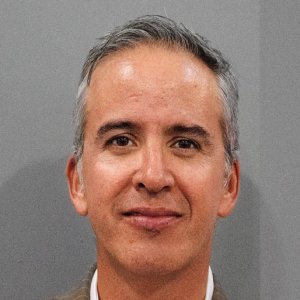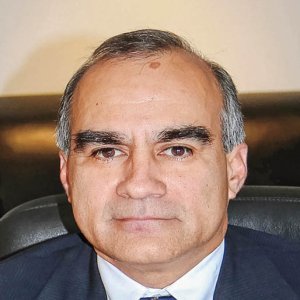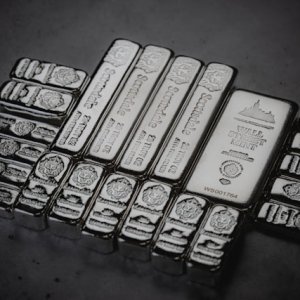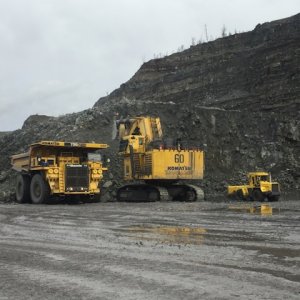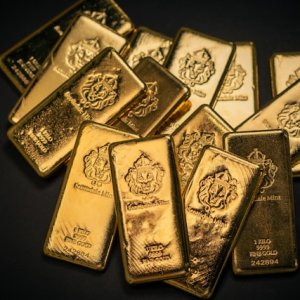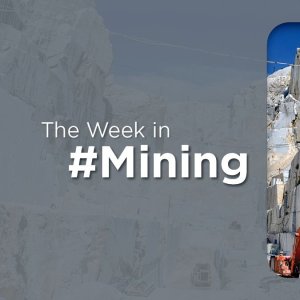Silver Producer Turns to Base Metals

STORY INLINE POST
Q: How optimistic are you that the rally in commodity prices will continue throughout 2017?
A: Our two main commodities are silver and zinc and we believe both are well-positioned to perform strongly over the next few years. The base metal component is perhaps easier to predict and understand because it is a simple supply and demand story, and thanks to our work with Glencore I know that most industry insiders are bullish about the long-term prospects for zinc and lead over the next three years. Silver is more difficult to predict but for the last four to five years we have seen more demand than supply despite low silver prices. Silver is often a byproduct of a base metal or gold operation, and so if demand continues to increase, it is more difficult for supply to respond. I am confident that the precious metal prices will come back strong, based on the macroeconomic climate but it is hard to predict when this will happen.
As a CEO of a public commodity company, my job is to make money whatever the metals prices. Over the past five years, we have been focusing on reducing costs and have managed to drop All-In Sustaining Costs (AISC) of the two companies we acquired by 70 percent across the board. For example, we bought Scorpio Mining in 2014, and have dropped its AISC from US$24/oz to US$9/oz in 2016. Next year, once the San Rafael project is fully online and operational, we expect this figure to drop to US$3/oz. This progress will allow us to be ready for the run in silver prices when it comes.
Q: Why list Americas Silver Corporation on the NYSE and what impact will this have on the company going forward?
A: When we did our research in 2014, there were 13 producing silver companies based in the US or Canada, 10 of which are listed on the NYSE as well as the TSX. Prior to the listing, we traded around 82 percent of our shares in Canada and the remaining 18 percent were traded in the US through our over-the-counter listing. When we looked at those 10 other companies on the NYSE, we realized they generate over 80 percent of their trading in the US, despite the fact that most of them are Canadian companies with Mexican operations. Moreover, when we assessed the empirical data, including price to cash flow and price per ounce, the companies with dual listings were performing better than us across practically all metrics. It became clear that the US institutional investor community was a huge market that we were not tapping into and we knew that we had to file for a listing in New York.
Although we made this decision in 2014, as a company we were fixing the assets and still losing money, so we decided to wait until January 2017 when we had a more compelling story to tell. Our costs will soon be some of the lowest in the industry, our project pipeline is strong and we are the only Canadian company of the 13 with a US asset in the Idaho silver valley, so we should have strong appeal to US retail investors. We decided to list now to allow momentum to build over the course of 2017 and into 2018. Our goal by the end of 2017 is to trade equally on both exchanges as we build our brand in the US.
Q: With commercial production to start at San Rafael during 3Q17, what makes this project so exciting?
A: The company holds two primary types of ore bodies: a high-grade silver with a lower-grade base-metal component, and a lower-grade silver with a high-grade base-metal component. Our total reserves and resources across all categories are approximately 120 million ounces of silver, 1 billion pounds of lead and around 700 million pounds of zinc. San Rafael is exciting because it has high-grade zinc and lead, and considering prices for these commodities are at close to historic highs, it balances our portfolio perfectly. This project will take our Mexican annual zinc production up to approximately 50 million ounces of zinc and 20 million pounds of lead by 2018, for an investment of just US$18 million. This will bring additional annual revenue from Mexico of US$50 million, meaning that in effect we will have negative AISC on our 1 million plus ounces of silver production. Depending on the results of exploration work – we will be spending at least US$2 million on exploration in 2017 – we believe San Rafael will fill our existing mill for at least the next 10 years. It represents a drastic change in our earnings power and cost reduction and we expect this project to drive the share price north as the project is delivered over the next six months.
Of course, given our strong silver reserves, we have the flexibility and ability to quickly switch our focus toward silver production if the price starts to shoot up. Our priority is, however, to produce more base metal ounces simply because in the current environment they are more profitable. They can build cash on our balance sheet to develop and produce our higher-grade silver ounces when the silver price is higher.
Q: What inspired the decision to acquire the San Felipe project from Santacruz Silver for US$15 million, and what are your plans for that project?
A: We have always liked the project and ever since we bought Scorpio Mining we have enjoyed a great relationship with Santacruz Silver. When the Veta Grande project became the main focus for Santacruz, the opportunity finally came to buy San Felipe. A lot of work has been done on the project, and we see similarities to San Rafael when we bought it in 2014. Interestingly, the vein structure at San Felipe runs into Industrias Peñoles’ territory, and so we will be looking into acquiring the surrounding ground or forming some kind of mutually beneficial partnership to develop the resource. There still needs to be some geotechnical work completed to evaluate how to extract the ore most profitably but we are confident that San Felipe could turn into a real money- maker for the company in the long run. We hope to start drilling later in the year and hopefully start production by 2020 at the latest.
Q: How optimistic are you regarding the ongoing growth and competitiveness of the Mexican mining sector?
A: For companies in the silver industry, there is no more favorable location in Latin America. Mexico is more modernized than other jurisdictions like Peru so for North American companies it is easier to do business and I believe that Mexico is in the top five mining jurisdictions in the world. However, it is not perfect. Sometimes it can be challenging to do business for companies other than the big Mexican operators, and issues such as land ownership can become complicated and drawn-out. We have a number of projects that we would like to develop but we cannot get a ruling on land ownership.
But this is a very minor criticism. We have not had any security issues, and we have always had strong support from the local authorities. We are very happy with Mexico as a jurisdiction and we want to grow our business. Over time, we want to become more precious metal orientated – we are not averse to developing gold deposits in the future – and eventually place ourselves on the radar for the majors. Mexico is central to this vision.


